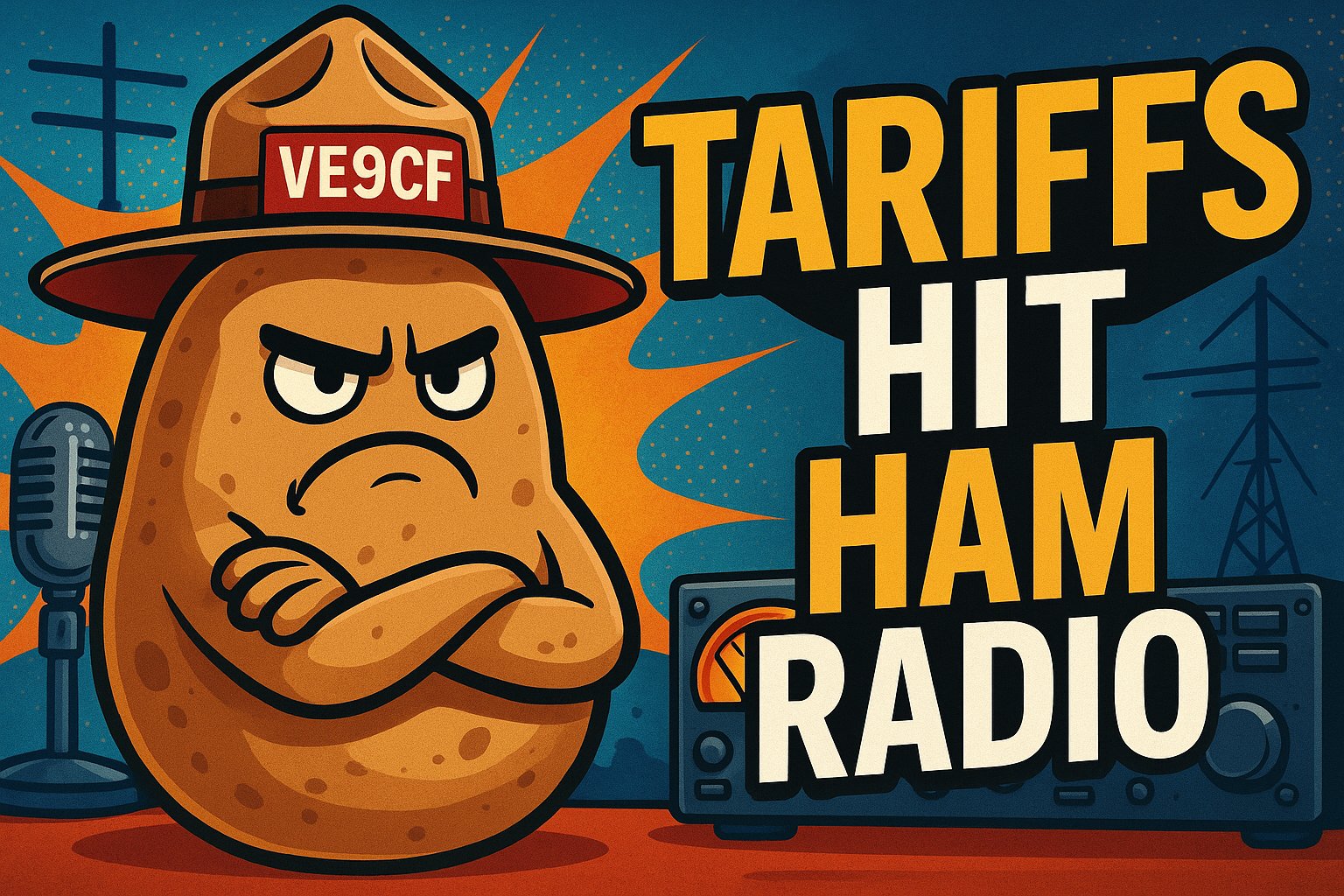Inductance Explained: How Current and Inductor Properties Determine Energy Storage in Circuits
Inductors are fascinating components in electrical circuits. They store energy in their magnetic fields when carrying a current. This energy storage ability makes them crucial in many electronic devices and power systems.
The energy stored in an inductor depends on the current flowing through it and a property called inductance. Inductance is measured in henries (H). It tells us how much the inductor resists changes in current flow.
Understanding how inductors store energy helps engineers design better electrical systems. It's critical to creating efficient power supplies, motors, and computer memory. Let's explore how inductors work and why they are essential in modern electronics.
Key Takeaways
- Inductors store energy in their magnetic fields when carrying current
- The energy stored depends on the current and the inductor's inductance
- Inductors are vital components in many electronic devices and power systems
Basics of Inductance
Inductance plays a crucial role in storing energy in magnetic fields. It affects how quickly current can change in a circuit and determines the amount of energy an inductor can hold.
Definition of Inductance
Inductance measures how much a coil resists changes in current. When current passes through a coil, it creates a magnetic field. This field opposes changes in the current flowing through the coil.
The strength of this opposition is called inductance. A higher inductance means the coil resists current changes more strongly.
Inductors with high inductance can store more energy in their magnetic fields, making them useful in many electronic circuits.
Unit of Inductance
The standard unit of inductance is the Henry (H). One Henry is the inductance of a coil where a current change of 1 ampere per second creates a voltage of 1 volt across it.
In practice, you'll often see smaller units:
- millihenry (mH) = 1/1000 henry
- microhenry (μH) = 1/1,000,000 henry
The energy stored in an inductor is measured in joules (J) and depends on both the inductance and the current:
Energy = 1/2 × L × I²
Where L is inductance in henries, and I is current in amperes.
Inductor Construction
Inductors come in various shapes and sizes. The most common type is a coil of wire wrapped around a core.
Critical factors in inductor design:
- Number of turns: More turns increase the inductance
- Core material: Air cores are standard, but iron or ferrite cores boost inductance
- Coil diameter: Larger diameters generally increase inductance
- Wire thickness: Affects the maximum current the inductor can handle
You can increase inductance by adding more turns or using a core with higher magnetic permeability. But this also increases the inductor's size and cost.
Energy Storage in Inductors
When carrying a current, inductors store energy in their magnetic fields. This energy depends on the current flowing through the inductor and its inductance.
Electromagnetic Energy
When current flows through an inductor, it creates a magnetic field. This field stores energy, which is not lost but can be released back into the circuit later.
You can calculate the energy stored in an inductor using this formula:
W = 1/2 * L * I^2
Where:
- W is energy in joules (J)
- L is inductance in henries (H)
- I am currently in amperes (A)
This equation shows that doubling the current quadruples the stored energy.
Current and Energy Relationship
As the current in an inductor changes, so does its stored energy. When the current increases, the inductor absorbs energy from the circuit. When the current decreases, it releases energy back.
The energy builds up while the current is rising to its steady-state value. Once the current stabilizes, the energy remains constant.
If you suddenly try to stop the current, the inductor will produce a high voltage to keep it flowing. This is why inductors can cause sparks when disconnected.
Inductor Characteristics
Inductors have two fundamental properties that affect how they store energy: the core material and the number of coil turns. These factors influence the inductor's ability to create and maintain a magnetic field.
Core Material
The core material of an inductor plays a crucial role in its performance. Different materials can enhance the magnetic field strength and affect the inductor's efficiency. Typical core materials include:
- Air core: Simplest design, low inductance
- Iron core: High permeability, increases inductance
- Ferrite core: Good for high-frequency applications
Each material has unique properties that suit specific applications. For example, iron cores are excellent for low-frequency uses, while ferrite cores work well in high-frequency circuits.
Coil Turns
The number of turns in an inductor's coil directly impacts its inductance. More turns result in higher inductance, which means more energy can be stored. Here's how turns affect an inductor:
- Increased turns = Higher inductance
- Fewer turns = Lower inductance
- Tighter winding = Stronger magnetic field
You can calculate the inductance using the formula L = N^2 * μ * A / l, where N is the number of turns, μ is the core's permeability, A is the cross-sectional area, and l is the length of the coil.
Factors Affecting Inductance
Inductance depends on an inductor's physical makeup and core material. These factors change how magnetic fields form and interact with the coil.
Permeability of the Core
The core material inside an inductor plays a significant role in its inductance. Permeability affects how easily magnetic fields form in the core. Materials with high permeability, like iron, boost inductance a lot.
Air cores have low permeability and less inductance than metal cores, but they work well at high frequencies.
Ferrite is a common core material. It offers a good mix of high permeability and low losses. This makes ferrite cores great for many uses.
Physical Dimensions
An inductor's size and shape affect its inductance. Longer coils have more inductance because they have more turns of wire.
The coil's diameter matters, too. More comprehensive coils create more vital magnetic fields. This leads to higher inductance.
The number of turns in the coil is crucial. More turns mean more inductance, and double the turns quadruples the inductance.
Tighter winding of the coil increases inductance. When turns are closer, their magnetic fields link more strongly.
Calculating Energy in an Inductor
You can use a simple formula to find out how much energy is stored in an inductor. The energy stored in an inductor depends on two main factors: the inductance and the current flowing through it.
Here's the formula you'll use:
E = ½ × L × I²
Where:
- E is the energy stored (measured in joules, J)
- L is the inductance (measured in Henries, H)
- I am the current (measured in amperes, A)
To use this formula, you'll need to know the inductance of your inductor and the current flowing through it. Once you have these values, plug them into the equation.
Let's look at an example:
Suppose you have an inductor with an inductance of 0.5 H, and a current of 2 A is flowing through it.
E = ½ × 0.5 H × (2 A)² E = ½ × 0.5 × 4 E = 1 J
So, in this case, the energy stored in the inductor would be 1 joule.
Remember, the energy increases with the square of the current. This means that doubling the current will increase the stored energy by four times.
Applications of Inductors
Inductors are crucial in many electrical and electronic devices you use daily. These components store energy in magnetic fields, making them valuable for various applications.
In power supplies, inductors help smooth out voltage fluctuations. They work with capacitors to create stable DC voltages from AC sources, ensuring your electronics receive consistent power.
Inductors are found in radio and television circuits. They're essential for tuning and filtering signals, allowing you to receive clear broadcasts on your devices.
Inductors are vital components in electric motors and generators. They help convert electrical energy to mechanical energy and vice versa, powering everything from small fans to large industrial machines.
Inductors are part of the voltage regulator modules in your computer. They ensure your processor and other components receive the correct voltage, maintaining stable operation.
Inductors also play a role in wireless charging systems. They help transfer energy between the charging pad and mobile devices without direct electrical contact.
Some other applications include:
- Sensors in automotive systems
- Noise suppression in electronic circuits
- Voltage conversion in LED drivers
- Energy storage in renewable energy systems
As technology advances, you'll continue to see inductors in new and innovative applications, improving the efficiency and performance of your electronic devices.
Safety Considerations
When working with inductors that store energy, you need to be careful. When the current changes quickly, inductors can create high voltages, which can be dangerous.
Always turn off the power before touching or adjusting an inductor. Even if the power is off, inductors can still hold energy in their magnetic field, which can discharge suddenly.
Wear safety glasses and insulated gloves when handling inductors. Keep metal objects away from powered inductors, as the strong magnetic fields can pull them in unexpectedly.
Be aware of heat. Inductors can get very hot during use. Let them cool down before touching. Make sure there's good airflow around inductors to prevent overheating.
Check inductors regularly for signs of damage:
- Cracked casing
- Loose windings
- Burnt smell
- Discolouration
Replace any damaged inductors right away. Don't try to repair them yourself.
When designing circuits with inductors, include safety features. Use fuses or circuit breakers to protect against overcurrent. Add diodes to prevent voltage spikes when the current is interrupted.
Remember, larger inductors store more energy and require extra caution. Always follow proper safety procedures when working with electrical components.






